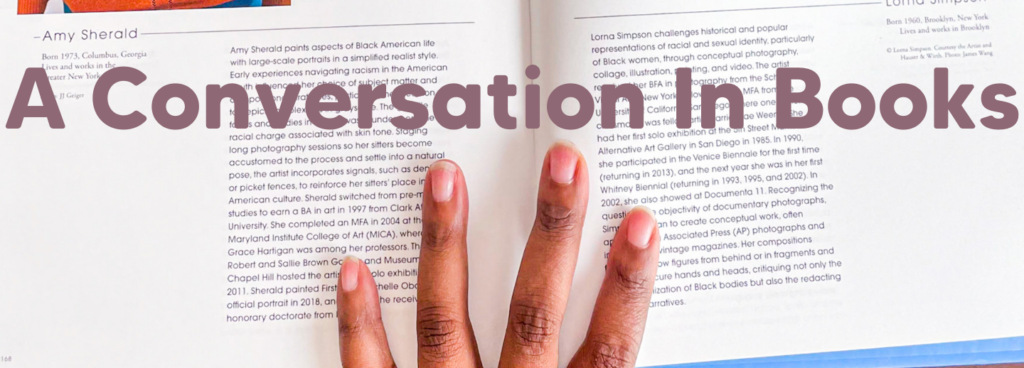
When Art Speaks in Layers
Some books are more than just beautiful objects they’re gateways to larger conversations. This month, our Coffee Table Book Club selections, Ebony G. Patterson’s …while the dew is still on the roses… and Solange Knowles’ In Past Pupils and Smiles, are doing just that. Together, they form a rich tapestry of artistry, culture, and storytelling that’s too good not to share with our subscribers.
Both Patterson and Knowles are masters of layering Patterson in her tactile, visually overwhelming pieces, and Knowles in her curated, introspective artistry. While their mediums and messages differ, there’s a unique interplay between these works when you view them side by side. Their art demands a closer inspection, urging us to confront not just the aesthetics of their work, but also the deep personal and social narratives that they uncover.
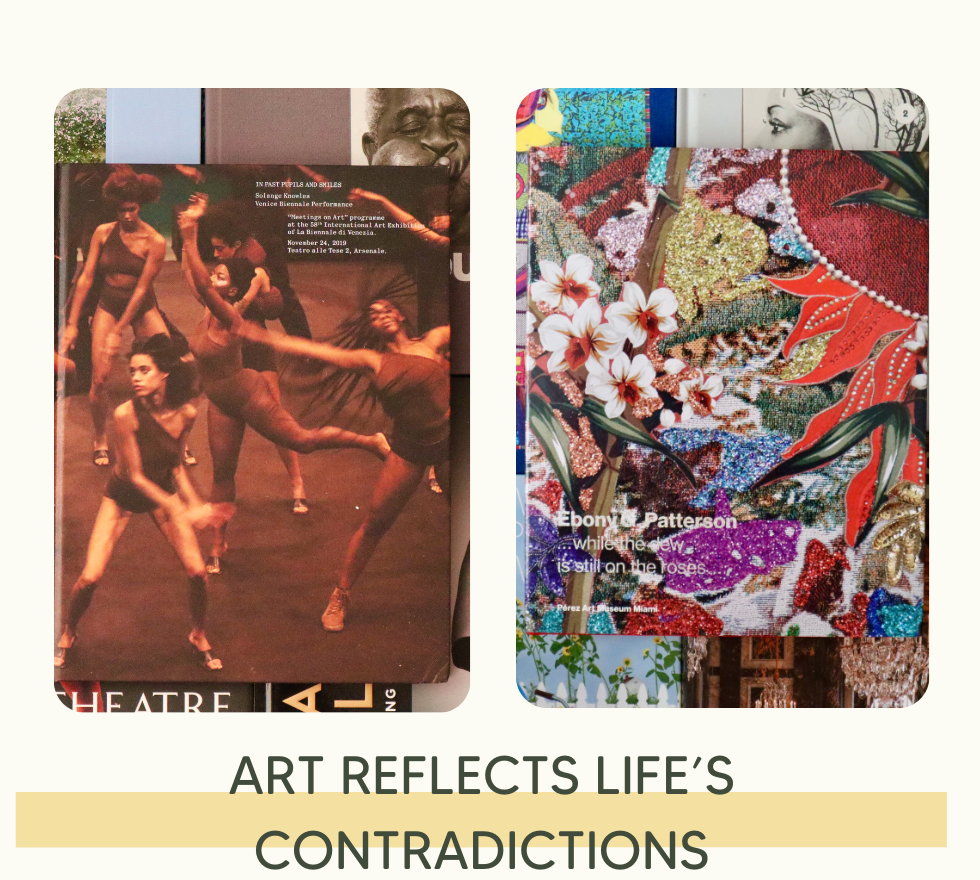
Ebony G. Patterson: Seeing What’s Hidden
Patterson’s work is dazzling, with lush gardens of flowers, glitter, and fabric that beg you to admire their beauty. But as you linger, the hidden stories emerge tales of loss, identity, and the things we overlook in the world and ourselves. Her vibrant use of color and texture is not just a feast for the eyes; it’s a deliberate invitation to reflect on the complexities of the world around us.
In …while the dew is still on the roses…, Patterson’s richly layered canvases don’t just present beauty, they demand to be seen. The textural richness of her pieces calls attention to the often overlooked details, forcing us to pause and question the status quo. What is it that we fail to see in ourselves, in our society? How do we define beauty, and who gets to decide?
Her work challenges us to acknowledge the unseen, the unspoken, and the invisible the overlooked spaces where society’s stories unfold. The book itself is a treasure trove of these stories, inviting us to look deeper and reflect on what it means to truly see.
Solange Knowles: Curating a Vision
Knowles’ In Past Pupils and Smiles feels like stepping into her artistic mind. It’s not just a book it’s a visual manifesto, blending photography, performance, and storytelling into a deeply personal narrative. Through her striking images, we are invited to explore the emotional and cultural landscapes that define her identity. It’s a celebration of blackness, femininity, and personal truth, wrapped in a luxurious, tactile package that speaks volumes beyond the images themselves.
Solange’s artistry invites us to question how we define ourselves, how we express that identity, and how art can transcend traditional boundaries. Her work combines visual art with performance, creating a powerful commentary on self-expression, creativity, and cultural identity. It challenges us to think beyond what we see and asks us to engage with the art in a more intimate, reflective way.
Each image in In Past Pupils and Smiles speaks to the vulnerability of the human experience, pushing us to reflect on how we engage with our surroundings, our history, and our personal narratives. The minimalism of the work paired with Solange’s distinct voice forces us to slow down and listen, to understand not only what is being presented but how it makes us feel.
Why They Belong Together
These books work together because they challenge us in complementary ways. Patterson uses abundance and texture to make us think about society and visibility, while Knowles’ spare, curated approach demands that we consider identity and storytelling. They both ask us to hold our gaze a little longer, look beneath the surface, and find meaning in the layers.
Patterson’s work calls us to question the overlooked aspects of culture, to recognize the hidden narratives that go unnoticed. Her art is not just an aesthetic it’s a call to action to reframe how we perceive identity, beauty, and visibility. In contrast, Solange’s work demands introspection through the language of self-expression, showcasing how identity is shaped by personal experiences and broader cultural forces. Their books are in constant conversation, offering two sides of the same coin: one of visibility, the other of internal reflection.
Personal Reflection
Seeing these two books together made me think about how art reflects life’s contradictions. Patterson’s lush layers and Knowles’ minimalist curation might seem like opposites, but both feel deeply connected in their ability to tell nuanced, human stories. They remind me that art isn’t about choosing one perspective it’s about exploring all of them. Just as we navigate the complexities of our own lives, we are invited to engage with the complexities within these works.
The richness of Ebony G. Patterson’s pieces, with their colorful texture and intricate detail, feels like the world we live in multifaceted, loud, and beautiful in its complexity. Meanwhile, Solange’s work, with its quieter, more introspective tone, offers a stark contrast, echoing the internal, reflective spaces where identity and expression come into full bloom. Together, they capture the spectrum of human experience: bold, quiet, visible, and hidden. They show us that the world is both a spectacle and an intimate narrative, ever-changing and full of meaning if we’re willing to see it.
You don’t need a plan just curiosity. The Art of Wonder is a self-paced 4-week course to help you slow down, notice more, and reawaken your creative gaze. HERE!
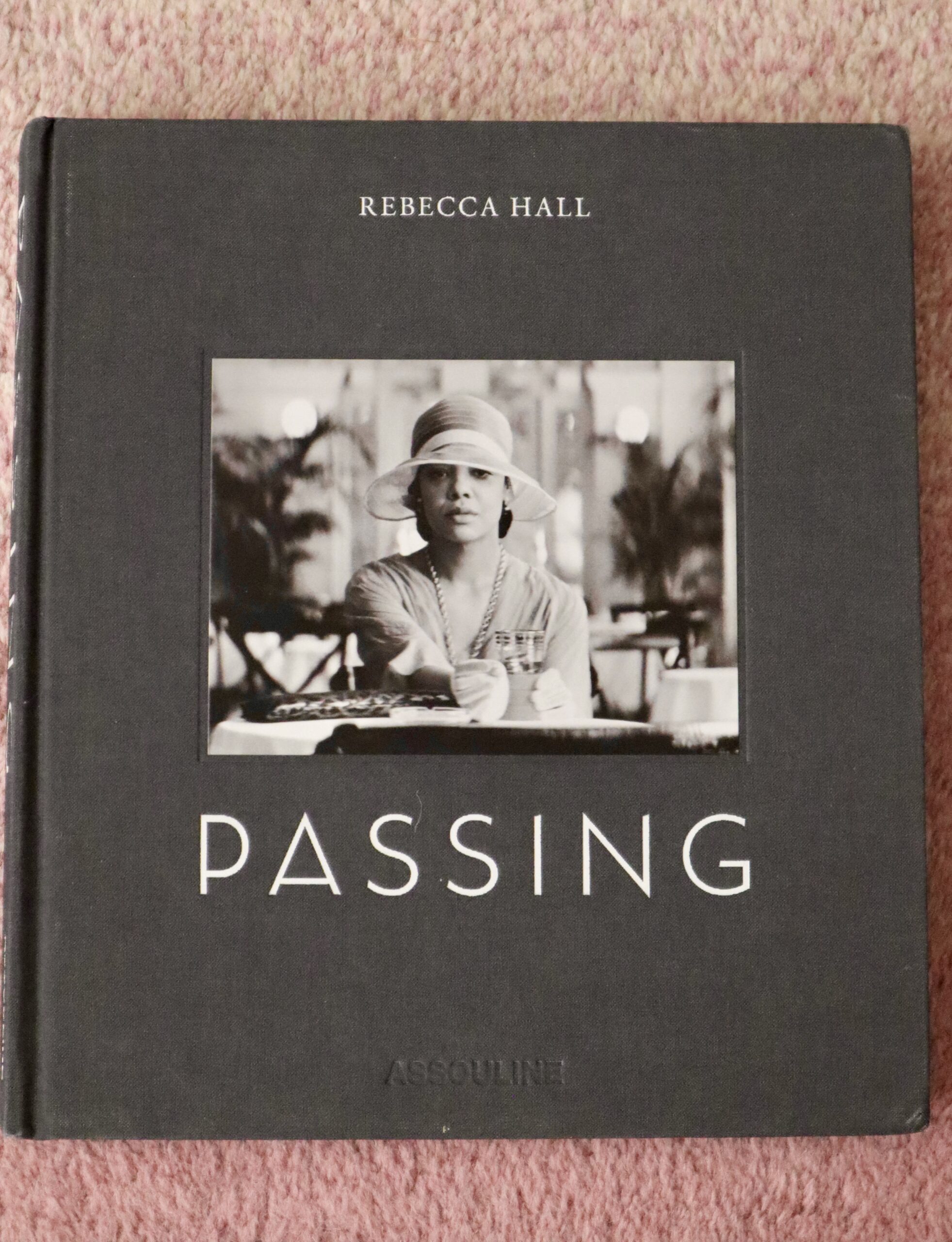
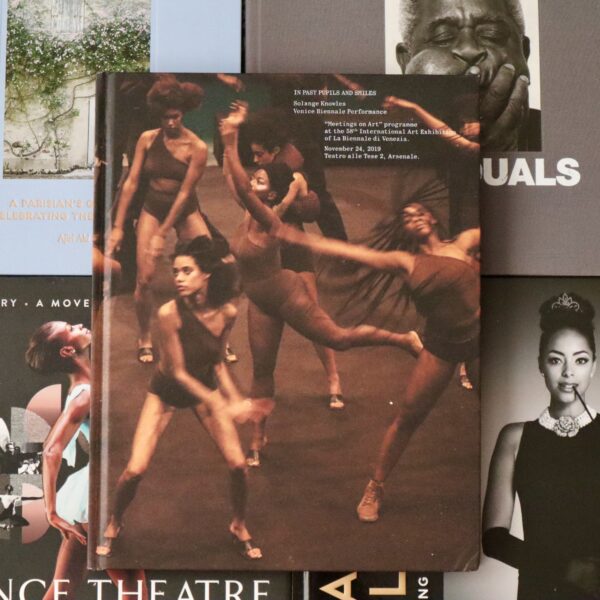
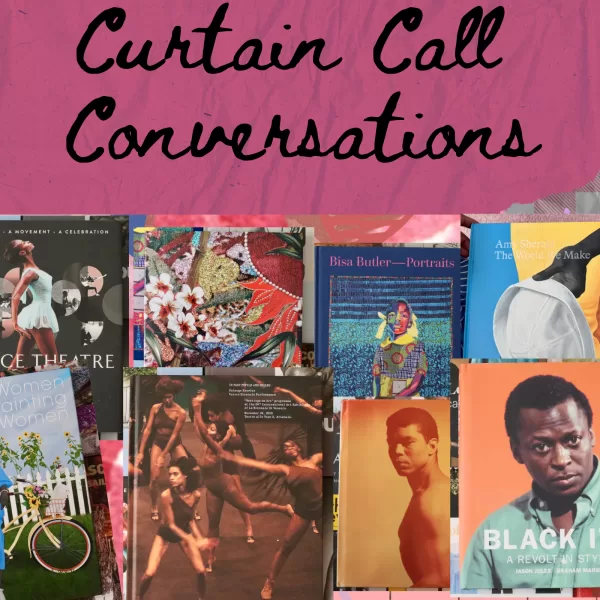
Leave a Reply